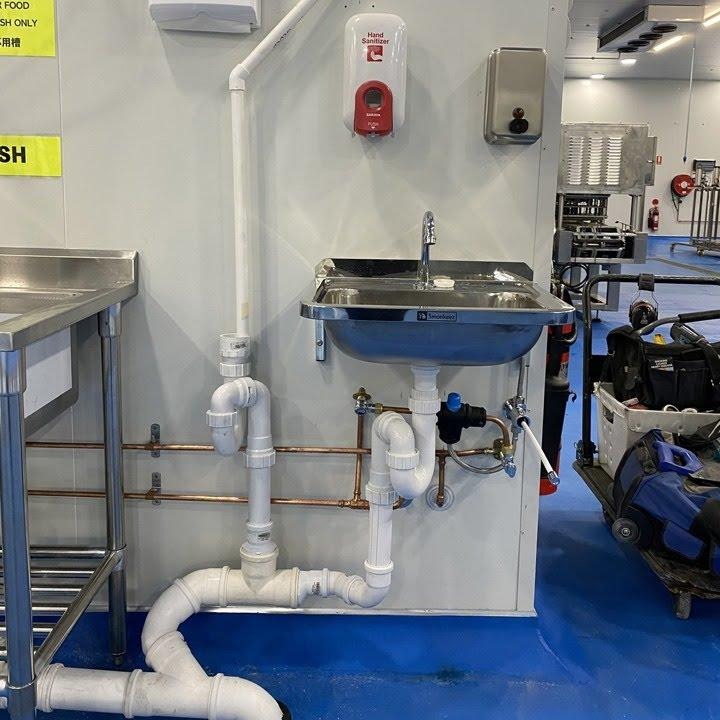For construction professionals, every fixture selected for a project must balance cost, durability, and performance. In multi-family residential buildings, hotels, and commercial properties, toilets are subjected to frequent use and must be chosen with a focus on long-term reliability and maintenance costs, making the selection process a critical path decision. The repercussions of poor selection extend beyond immediate repair expenses to occupant satisfaction, water consumption, and overall property value. In high-traffic environments, a toilet’s performance is measured not only by its flush efficacy but also by its integration into broader operational and sustainability goals. In high-traffic environments, a toilet's primary job is to function flawlessly, flush after flush. Commercial-grade models are engineered for robustness to withstand the demands of intense use patterns, such as those found in airports, stadiums, and multi-story residential complexes. For instance, SLOAN’s TRUFLUSH commercial solutions are designed with high-frequency capabilities, which ensure consistent performance under varying water pressures and reduce the time required per flush cycle—a critical factor in high-occupancy settings. These systems often feature larger flush valves and fully glazed trapways to prevent clogs, and they are built with corrosion-resistant materials such as dezincification-resistant brass to extend lifespan beyond 20 years. Investing in units with a strong MaP (Maximum Performance) score is essential. This independent rating verifies the fixture's ability to clear waste effectively with a single flush, reducing the likelihood of maintenance calls and tenant complaints. Additionally, technologies like SloanTec glaze provide a permanent hydrophobic and oleophobic surface that inhibits bacterial growth and simplifies cleaning—a vital feature for maintaining hygiene and reducing long-term upkeep. Such engineering details ensure that toilets stand up to rigorous daily use while minimizing operational disruptions. With utility costs often being a major operational expense, water conservation is not just an environmental choice but a financial imperative. Installing WaterSense-certified fixtures is frequently mandated by building codes and can qualify projects for green building certifications like LEED. This not only reduces the property's long-term operational expenses but also enhances its marketability to environmentally conscious tenants and buyers. For example, SLOAN’s water-efficient products, including flushometers using as little as 4.8 liters per flush, can reduce water consumption by up to 50% compared to conventional systems. In one case, their implementation in the Chicago Shedd Aquarium led to a 30% reduction in overall water usage through optimized fixture coordination. Beyond upfront savings, water efficiency supports broader sustainability targets. Technologies like jet-rinse dissolution systems in urinals enable periodic flushing at extended intervals (e.g., 72 hours), drastically cutting water use and minimizing maintenance frequency. For large-scale projects, these incremental savings translate into thousands of dollars in annual reduced utility costs and position the property favorably in an increasingly eco-conscious market. Managing a large build requires logistical precision. Sourcing plumbing fixtures for dozens or hundreds of units from a retail outlet is impractical and costly. Establishing a relationship with a specialized distributor allows for the consolidation of this crucial line item. This approach ensures the timely delivery of all necessary fixtures to the job site, guarantees product consistency across all units, and provides a single point of contact for any order-related issues, streamlining the entire supply chain. Moreover, partnering with a single supplier for bulk orders often unlocks economies of scale, as seen in initiatives like the Biofil Toilet Systems project in Ghana, where bulk purchasing of 100 units at a time made large-scale installations financially viable. This strategy not only reduces per-unit costs but also simplifies inventory management, ensures uniformity across all installations, and mitigates the risks of compatibility issues or delayed deliveries. For contractors, this means greater control over project timelines and budgets, turning procurement from a recurring challenge into a streamlined, repeatable process. The choice of plumbing fixtures in development projects has long-term implications for operational efficiency, resident satisfaction, and overall property value. By selecting durable, high-performance, and water-efficient toilets, contractors and developers can mitigate future problems and control costs. For those managing large-scale developments, a strategic approach to procurement is not just convenient—it’s essential. Engaging with partners for a wholesale toilets program is a standard industry practice that ensures project success from the ground up, combining product reliability with economic and environmental stewardship. In doing so, developers not only meet immediate project needs but also invest in the long-term sustainability and market appeal of their properties.Prioritizing Performance and Durability
The Critical Importance of Water Efficiency
Streamlining Procurement for Large-Scale Projects
Conclusion




Want to add a comment?